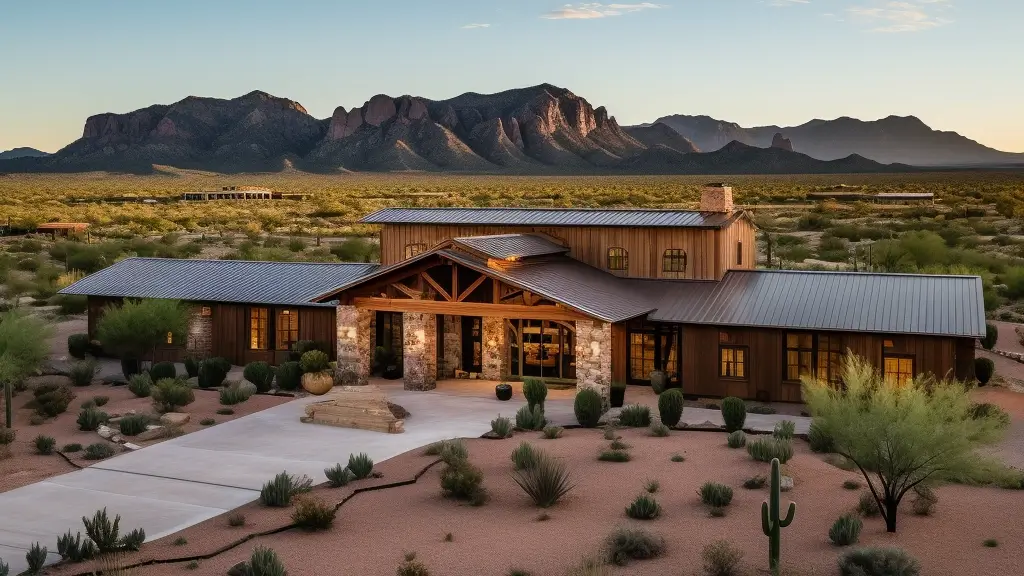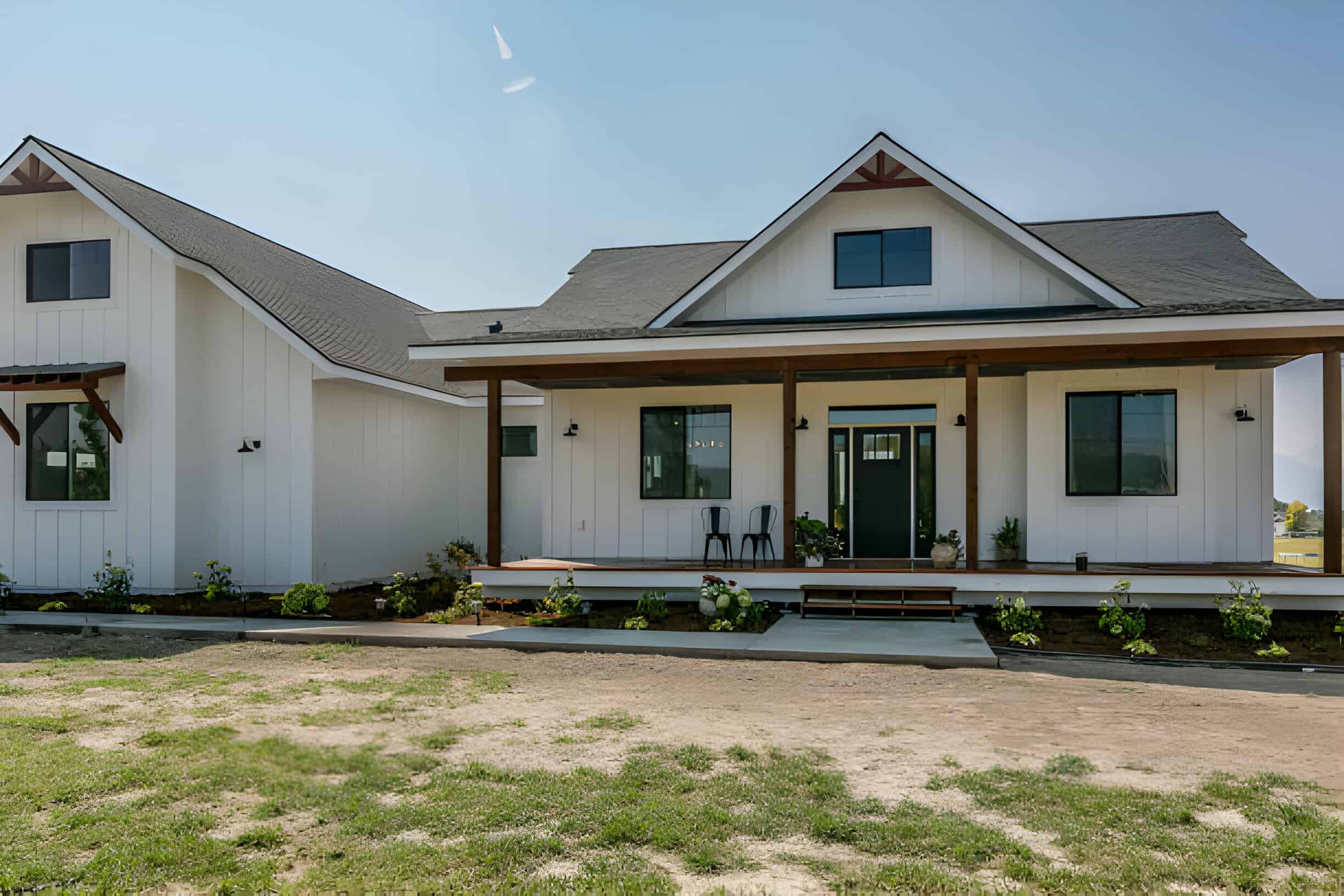Barndominiums Vs. Standard Houses: an In-depth Contrast of Way Of Life and Performance
The choice in between barndominiums and standard homes includes various elements, including way of living choices and practical demands. Barndominiums are defined by their open layouts and adaptability, often interesting those that prioritize communal living and versatility. In comparison, standard homes use an even more structured environment, which might much better serve families looking for privacy and a sense of background. As we take a look at the cost effects and ecological considerations, it comes to be clear that the option extends past mere visual appeals and capability; it invites a deeper expedition of what truly specifies a home.
Summary of Barndominiums
Barndominiums, an unique real estate fad gaining popularity across various regions, blend the rustic charm of barn-style architecture with the functionality of modern home. These special structures usually are composed of a steel or timber framework, integrating open floor plans and high ceilings with energy-efficient features. Frequently situated on expansive rural residential properties, barndominiums use home owners the chance to take pleasure in a tranquil way of life while offering sufficient space for various tasks.
The convenience of barndominiums expands beyond their aesthetic appeal; they can act as both living quarters and useful areas for pastimes, workshops, or perhaps small companies. Their flexible style allows for easy customization, accommodating varied family members requirements and preferences. Many proprietors value the low upkeep needs linked with metal home siding and roof, adding to long-term sturdiness.

Attributes of Typical Homes
Highlighting ageless layout and comfort, conventional homes are defined by their distinctive building styles, which frequently show historic impacts and local visual appeals. Typical functions consist of balanced exteriors, gabled roofs, and an emphasis on craftsmanship, leading to a warm and inviting environment.
Standard homes usually include elements such as crown molding, wainscoting, and hardwood flooring, enhancing their classic appeal. They generally feature multiple rooms with defined purposes, promoting family interaction while allowing for privacy. see website. The format usually includes formal living and dining areas, which contribute to entertaining guests and hosting family gatherings
Exterior materials such as brick, wood, or stone are frequently used, adding to resilience and a sense of permanence. Barndominium repair. In addition, several typical homes are made with front verandas or stoops, cultivating a feeling of neighborhood and connection with the neighborhood
Landscaping plays a significant duty in typical home layout, with well-kept gardens and pathways that boost aesthetic charm - website. Generally, standard homes symbolize a sense of nostalgia and stability, appealing to those that value heritage and an extra organized living atmosphere
Expense Comparison
Generally, a cost contrast in between barndominiums and standard homes exposes considerable differences in construction expenditures and total investment. Barndominiums, typically constructed from steel or steel structures, normally incur lower product and labor expenses than conventional homes constructed from timber and brick. The streamlined layout of barndominiums can equate to reduced building and construction times, additionally reducing labor costs and quickening occupancy.
Typically, the price per square foot for a barndominium ranges from $100 to $150, while traditional homes can differ widely, typically dropping between $150 and $300 per square foot, relying on place, materials, and layout complexity. This cost difference makes barndominiums an appealing option for budget-conscious customers seeking bigger space without sacrificing top quality.
Furthermore, barndominiums might result in lasting cost savings through reduced maintenance expenses, energy performance, and insurance prices. Their long lasting construction materials often need much less upkeep with time compared to standard homes. However, it is important to consider that while preliminary prices may be reduced for barndominiums, the last investment will certainly also depend upon specific customization and preferred amenities, which can influence the total expenditure in both housing types.
Lifestyle and Room Factors To Consider
When considering way of life and area, barndominiums provide a special adaptability that appeals to a range of house owners. These hybrid frameworks incorporate domestic dealing with functional space, often including open layout that can be adjusted to match specific demands. This flexibility is specifically helpful for households or people seeking an individualized living atmosphere, enabling for diverse uses such as office, workshops, or recreational locations.

Additionally, the visual appeal of barndominiums can accommodate both rustic and contemporary preferences, making them a flexible selection for different layout preferences (Barndominium repair). Eventually, the selection between a barndominium and a typical home typically rests on exactly how well each alternative aligns with the home owner's way of life desires and spatial demands, highlighting the relevance of thinking about individual priorities in the decision-making process
Ecological Impact and Sustainability
The environmental influence and sustainability of barndominiums present compelling benefits contrasted to traditional homes. Mostly created from steel and other resilient products, barndominiums are often developed making use of recycled sources, reducing the demand for brand-new products and minimizing waste. Their design typically emphasizes open areas, which can cause reduced power consumption for heating and cooling contrasted to typical homes with even more segmented layouts.
Furthermore, barndominiums can integrate lasting attributes such as photovoltaic panels, rain harvesting systems, and progressed insulation strategies, enhancing their energy efficiency. The flexibility of their style enables house owners to incorporate these innovations extra flawlessly than in several traditional homes, which might call for extensive retrofitting.
Furthermore, barndominiums frequently require less resources for construction due to their less complex, a lot more effective designs (click here). Generally, barndominiums represent a forward-thinking approach to lasting living, straightening with contemporary environmental priorities.
Verdict
In recap, the option between barndominiums and typical homes depends upon private lifestyle choices and practical requirements. Barndominiums, with their i was reading this open formats and sustainable materials, satisfy those seeking flexibility and public living. On the other hand, traditional homes supply defined rooms that improve privacy and promote historical aesthetics. Each alternative presents one-of-a-kind advantages, necessitating cautious consideration of one's worths and needs when figuring out the most ideal living environment.